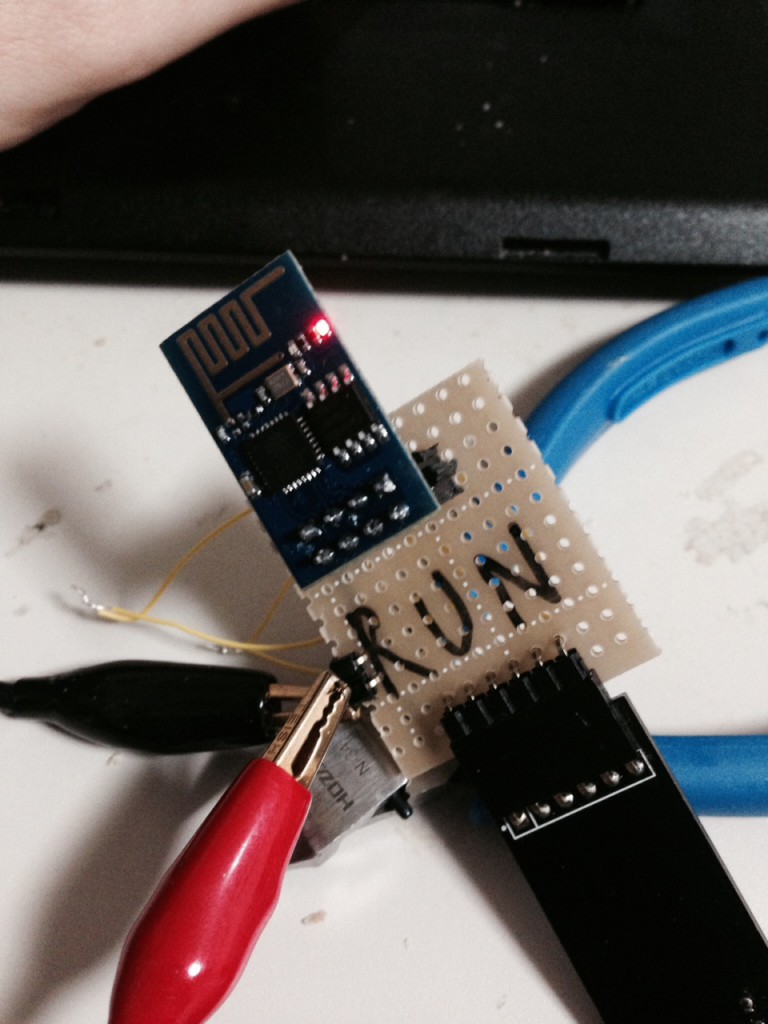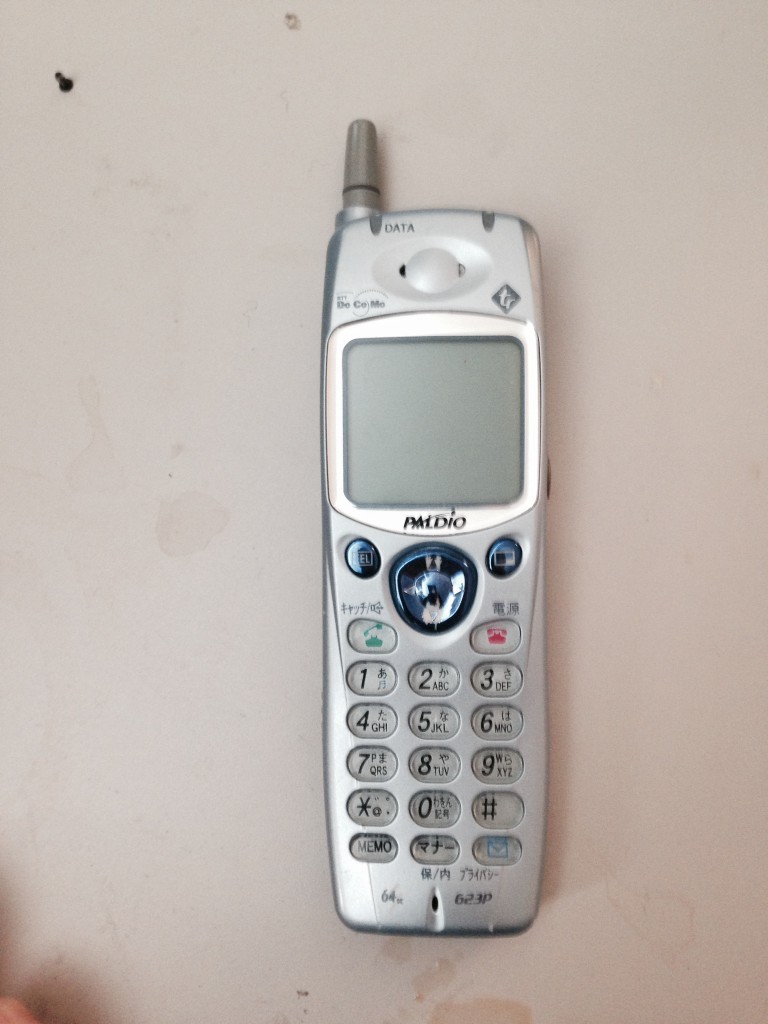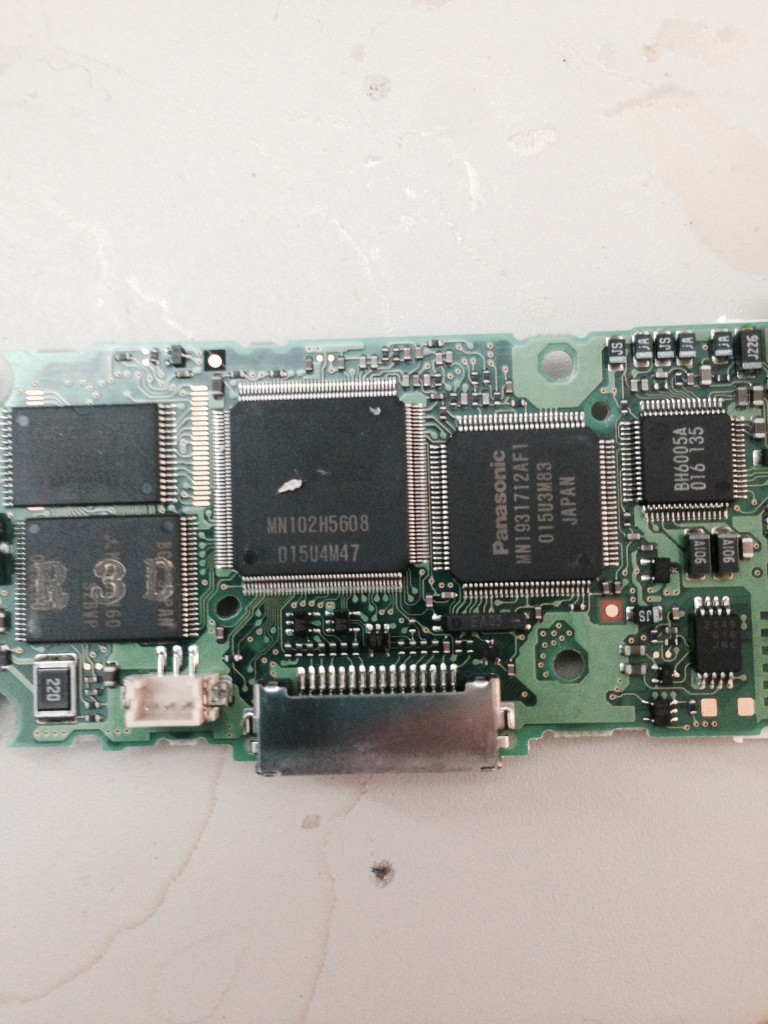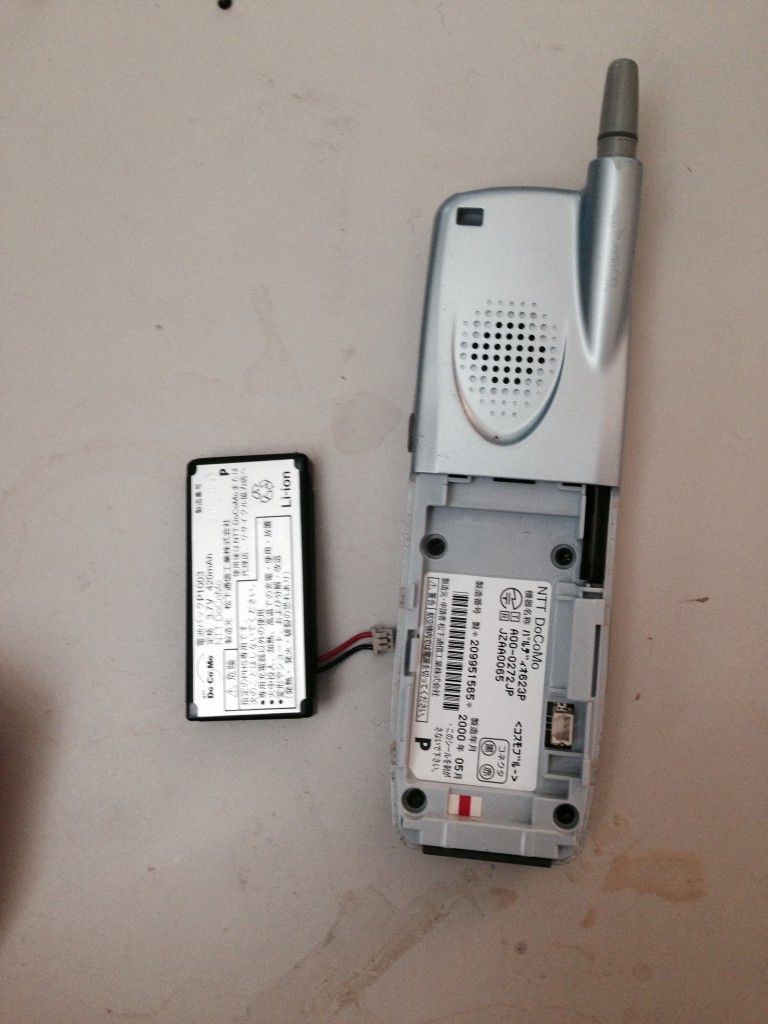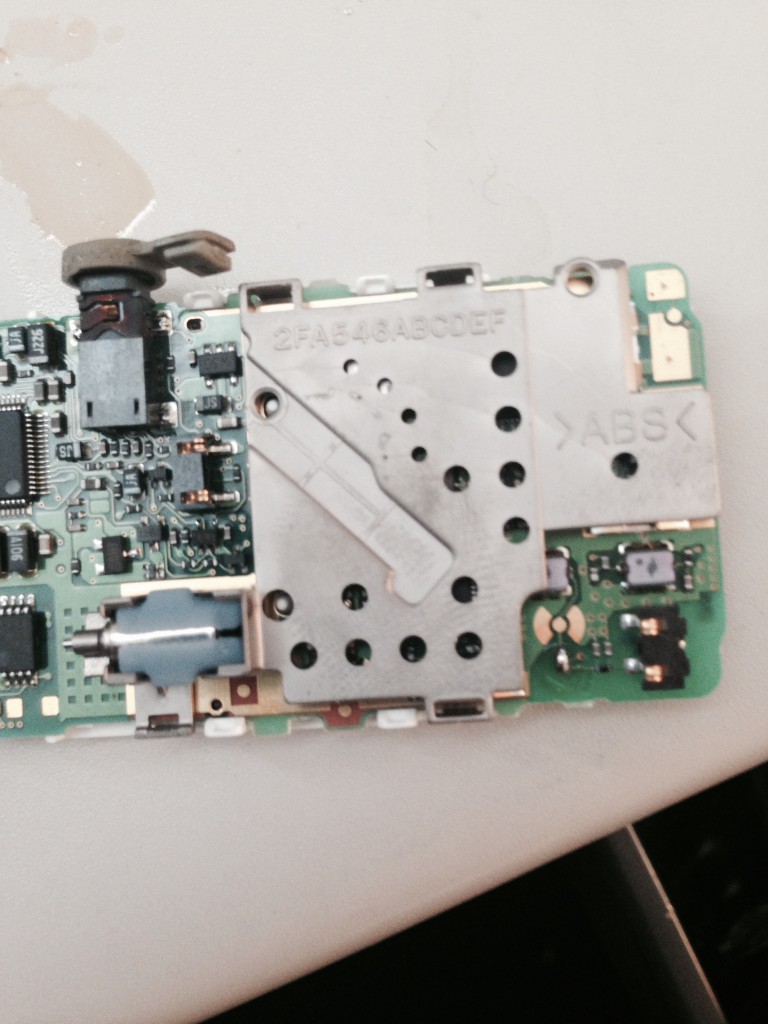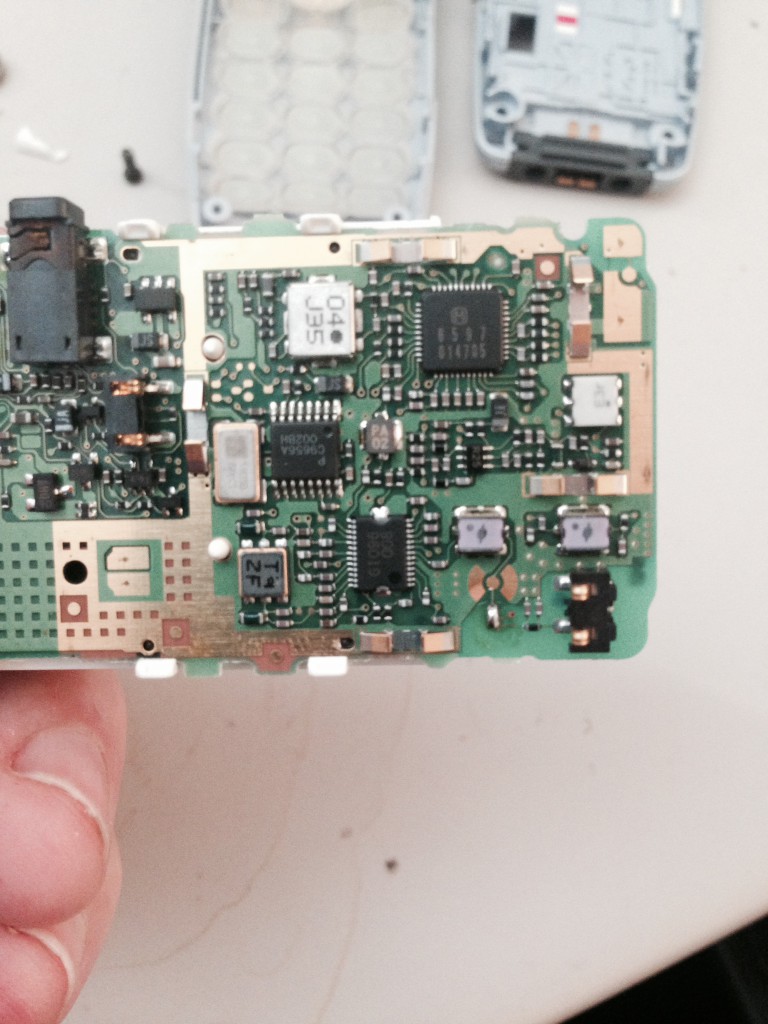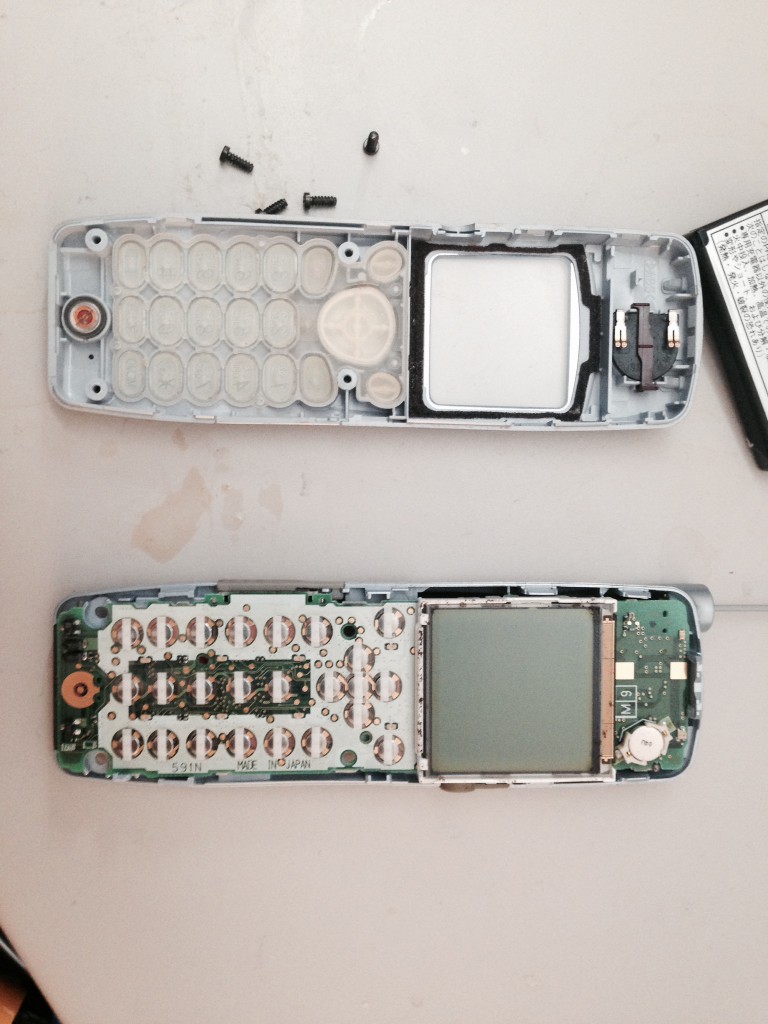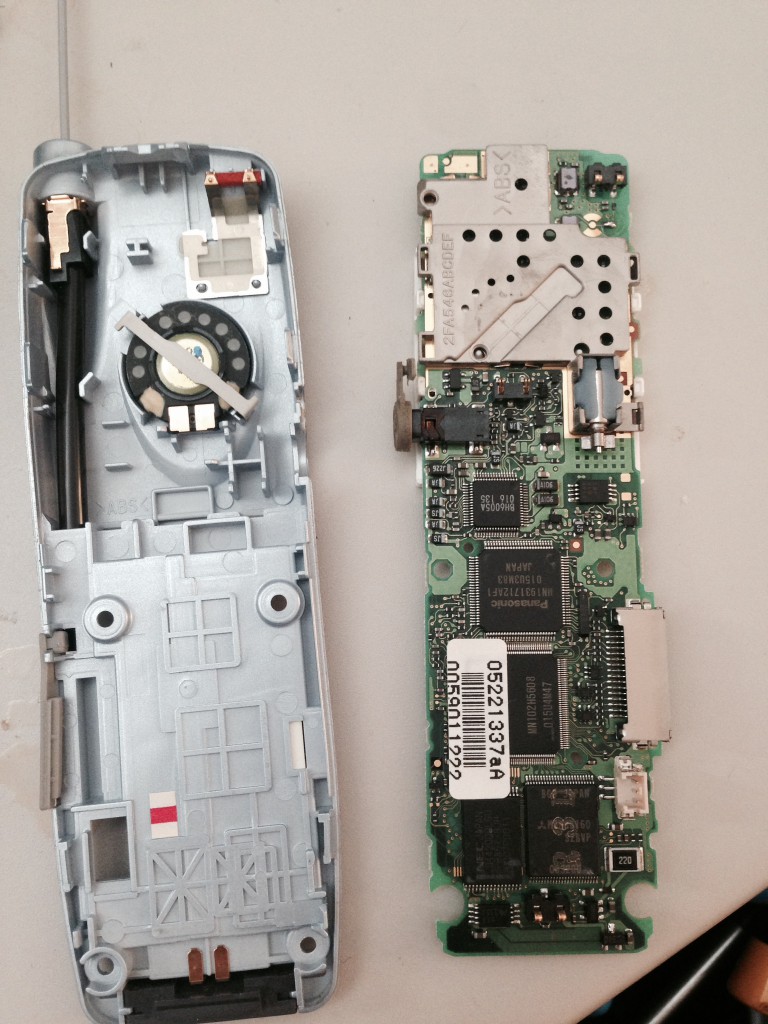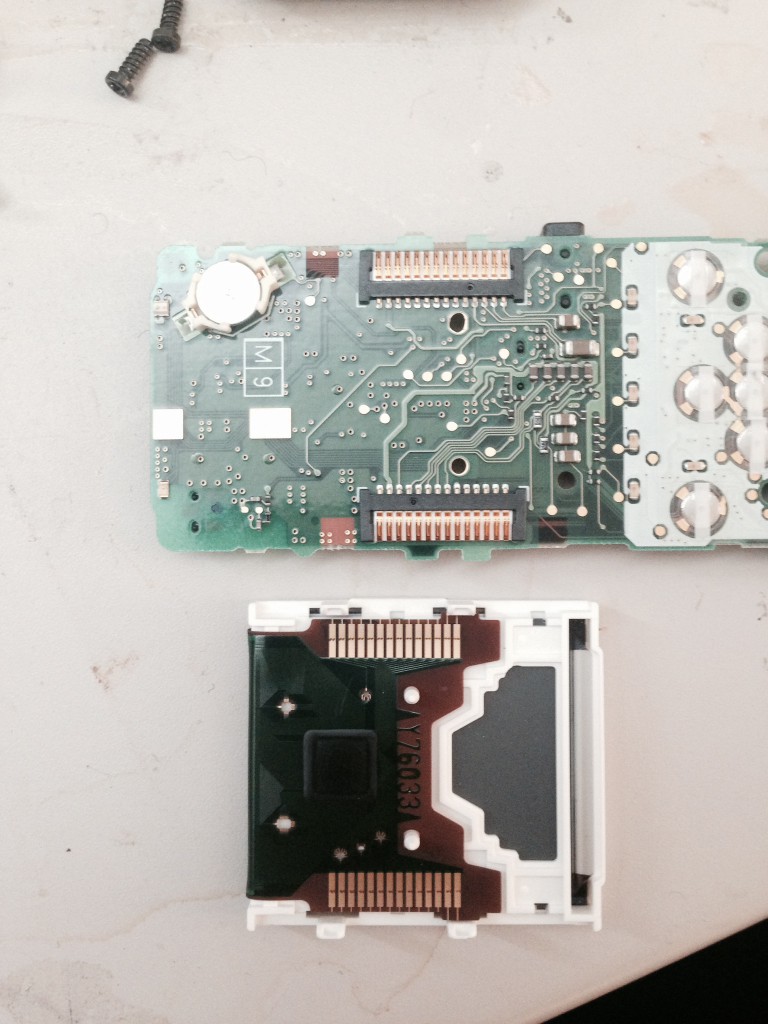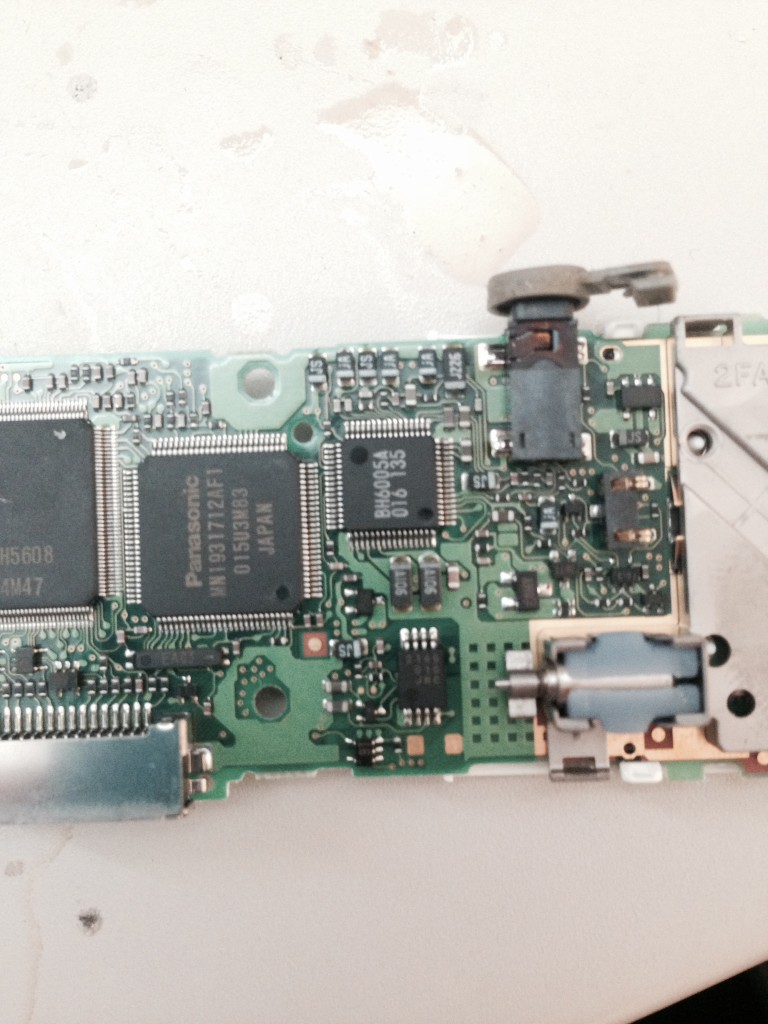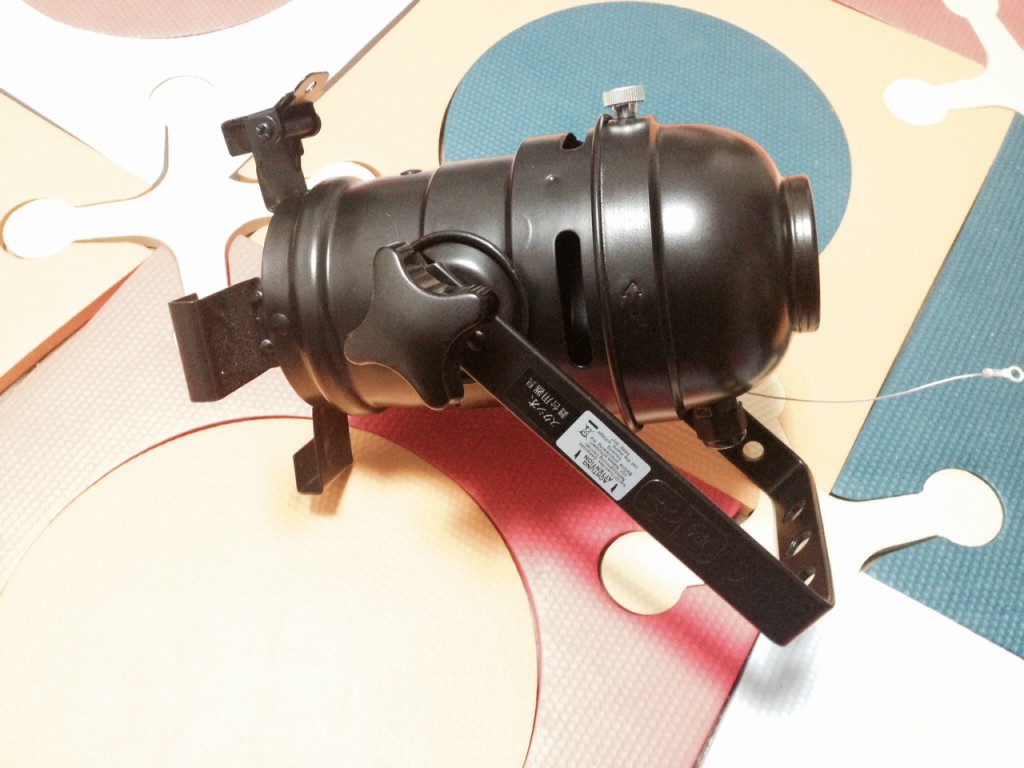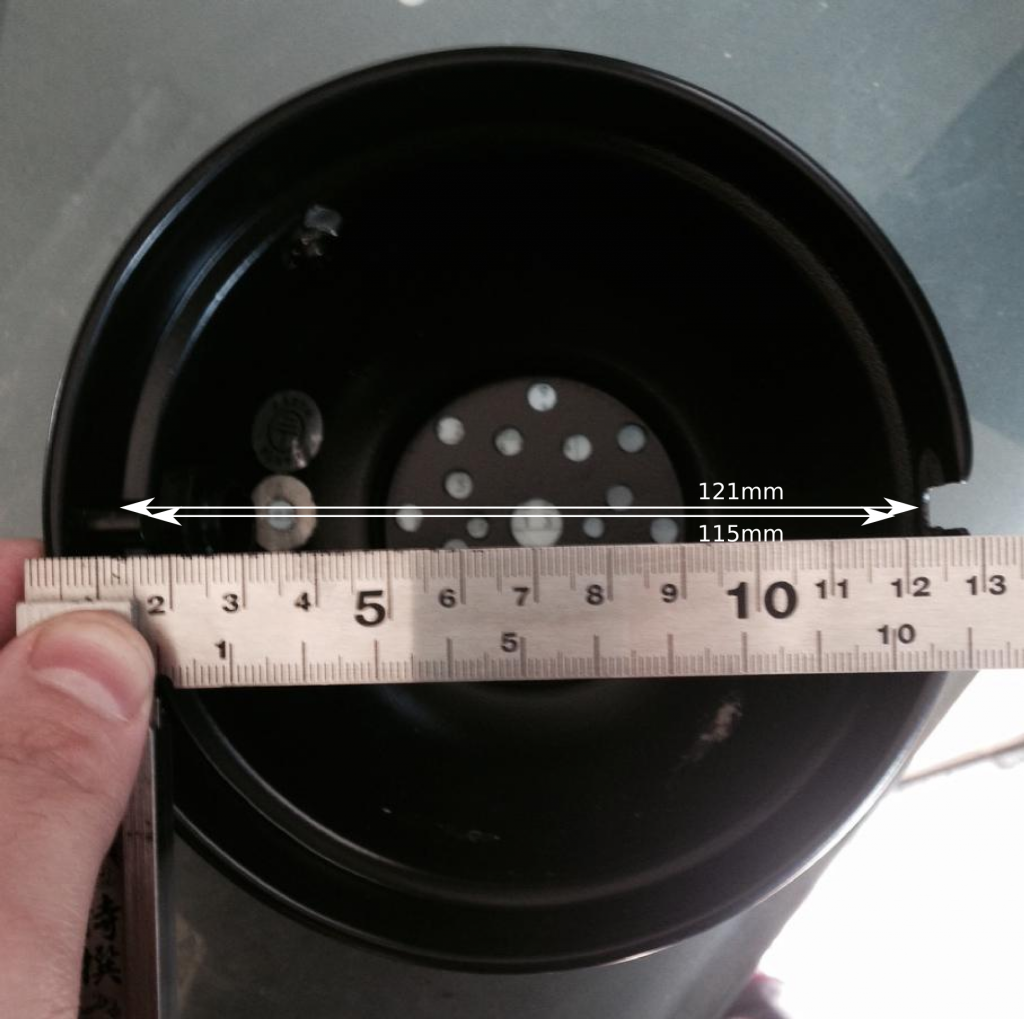Posting to the Safecast API from the esp8266
As you may know Safecast run a community driven radiation monitoring network. I’ve been looking at using a esp8266 to upload radiation readings from a Geiger counter. The Safecast API is well documented here. And uses simple JSON post requests to send measurements. Before starting you need to login and obtain an API key. The API key authenticates you and allows you to upload measurements.
It doesn’t make sense to implement a whole HTTP client on the esp8266, so I’m just posting the data over a standard TCP connection. It’s also possible to post measurements using curl, e.g.:
curl "http://dev.safecast.org/measurements.json?api_key=YOURKEY" -v -X POST -H 'User-Agent: Arduino' -H "Content-Type: application/json" -d '{"longitude":"119.7447","latitude":"32.6617","device_id":"47","value":"6","unit":"cpm"}'
I grabbed this season with wireshark, here’s what the client side transmission looks like:
POST /measurements.json?api_key=YOURKEY HTTP/1.1
Host: dev.safecast.org
Accept: */*
User-Agent: Arduino
Content-Type: application/json
Content-Length: 88
{"longitude":"119.7447","latitude":"32.6617","device_id":"47","value":"63","unit":"cpm"}
The ESP8266 code posts to the API and dumps the returned tcp data over serial for example (I’ve randomized the session keys):
IP: 192.168.0.8looklokkDST: 107.161.162.75conncendsentrecvHTTP/1.1 201 Created
Content-Type: application/json; charset=utf-8
Transfer-Encoding: chunked
Connection: keep-alive
Status: 201 Created
Location: http://dev.safecast.org/en-US/measurements/161114
X-UA-Compatible: IE=Edge
ETag: "73984732984feafefe76876"
Cache-Control: max-age=0, private, must-revalidate
Set-Cookie: _safecast_session=UISAHFUIHAFiudhfuishfiudshfdsuihfsiUfihdaFUIDHFDS
X-Runtime: 0.066836
X-Powered-By: Phusion Passenger 4.0.53
Date: Thu, 01 Jan 2015 11:27:25 GMT
Server: nginx/1.6.2 + Phusion Passenger 4.0.53
recva9
{"captured_at":null,"device_id":47,"id":161114,"location_name":null,"original_id":161114,"unit":"c}
recv0
If everything worked, you should see the submission when you login e.g.
The code is below, it’s a modification of that shown yesterday:
#include "ets_sys.h"
#include "osapi.h"
#include "gpio.h"
#include "os_type.h"
#include "user_config.h"
#include "user_interface.h"
#include "uart.h"
#include "c_types.h"
#include "espconn.h"
#include "mem.h"/
//#include "user_network.h"
//#include "user_display.h"
#define user_procTaskPrio 0
#define user_procTaskQueueLen 1
os_event_t user_procTaskQueue[user_procTaskQueueLen];
static void loop(os_event_t *events);
//Main code function
static void ICACHE_FLASH_ATTR
loop(os_event_t *events)
{
os_printf("Hello\n\r");
os_delay_us(10000);
system_os_post(user_procTaskPrio, 0, 0 );
}
static void ICACHE_FLASH_ATTR networkConnectedCb(void *arg);
static void ICACHE_FLASH_ATTR networkDisconCb(void *arg);
static void ICACHE_FLASH_ATTR networkReconCb(void *arg, sint8 err);
static void ICACHE_FLASH_ATTR networkRecvCb(void *arg, char *data, unsigned short len);
static void ICACHE_FLASH_ATTR networkSentCb(void *arg);
void ICACHE_FLASH_ATTR network_init();
LOCAL os_timer_t network_timer;
static void ICACHE_FLASH_ATTR networkServerFoundCb(const char *name, ip_addr_t *ip, void *arg) {
static esp_tcp tcp;
struct espconn *conn=(struct espconn *)arg;
if (ip==NULL) {
os_printf("Nslookup failed :/ Trying again...\n");
uart0_tx_buffer("lfai",4);
network_init();
}
uart0_tx_buffer("lokk",4);
char page_buffer[20];
os_sprintf(page_buffer,"DST: %d.%d.%d.%d",
*((uint8 *)&ip->addr), *((uint8 *)&ip->addr + 1),
*((uint8 *)&ip->addr + 2), *((uint8 *)&ip->addr + 3));
uart0_tx_buffer(page_buffer,strlen(page_buffer));
conn->type=ESPCONN_TCP;
conn->state=ESPCONN_NONE;
conn->proto.tcp=&tcp;
conn->proto.tcp->local_port=espconn_port();
conn->proto.tcp->remote_port=80;
os_memcpy(conn->proto.tcp->remote_ip, &ip->addr, 4);
espconn_regist_connectcb(conn, networkConnectedCb);
espconn_regist_disconcb(conn, networkDisconCb);
espconn_regist_reconcb(conn, networkReconCb);
espconn_regist_recvcb(conn, networkRecvCb);
espconn_regist_sentcb(conn, networkSentCb);
espconn_connect(conn);
}
static void ICACHE_FLASH_ATTR networkSentCb(void *arg) {
uart0_tx_buffer("sent",4);
}
static void ICACHE_FLASH_ATTR networkRecvCb(void *arg, char *data, unsigned short len) {
uart0_tx_buffer("recv",4);
struct espconn *conn=(struct espconn *)arg;
int x;
uart0_tx_buffer(data,len);
}
static void ICACHE_FLASH_ATTR networkConnectedCb(void *arg) {
uart0_tx_buffer("conn",4);
struct espconn *conn=(struct espconn *)arg;
char transmission[1024];
char *header = "POST /measurements.json?api_key=YOURKEY HTTP/1.1\r\n"
"Host: dev.safecast.org\r\n"
"Accept: */*\r\n"
"User-Agent: Arduino\r\n"
"Content-Type: application/json\r\n"
"Content-Length: ";
char *json = "{\"longitude\":\"111.1111\",\"latitude\":\"11.1111\",\"device_id\":\"47\",\"value\":\"63\",\"unit\":\"cpm\"}";
int head_len = strlen(header);
int json_len = strlen(json);
char json_len_str[10];
os_sprintf(json_len_str,"%d",json_len);
int json_len_str_len = strlen(json_len_str);
strcpy(transmission,header);
strcpy(transmission+head_len,json_len_str);
strcpy(transmission+head_len+json_len_str_len,"\r\n\r\n");
strcpy(transmission+head_len+json_len_str_len+4,json);
sint8 d = espconn_sent(conn,transmission,strlen(transmission));
espconn_regist_recvcb(conn, networkRecvCb);
uart0_tx_buffer("cend",4);
}
static void ICACHE_FLASH_ATTR networkReconCb(void *arg, sint8 err) {
uart0_tx_buffer("rcon",4);
}
static void ICACHE_FLASH_ATTR networkDisconCb(void *arg) {
uart0_tx_buffer("dcon",4);
}
void ICACHE_FLASH_ATTR network_start() {
static struct espconn conn;
static ip_addr_t ip;
os_printf("Looking up server...\n");
uart0_tx_buffer("look",4);
espconn_gethostbyname(&conn, "dev.safecast.org", &ip, networkServerFoundCb);
}
void ICACHE_FLASH_ATTR network_check_ip(void) {
struct ip_info ipconfig;
os_timer_disarm(&network_timer);
wifi_get_ip_info(STATION_IF, &ipconfig);
if (wifi_station_get_connect_status() == STATION_GOT_IP && ipconfig.ip.addr != 0) {
char page_buffer[20];
os_sprintf(page_buffer,"IP: %d.%d.%d.%d",IP2STR(&ipconfig.ip));
uart0_tx_buffer(page_buffer,strlen(page_buffer));
network_start();
} else {
os_printf("No ip found\n\r");
os_timer_setfn(&network_timer, (os_timer_func_t *)network_check_ip, NULL);
os_timer_arm(&network_timer, 1000, 0);
}
}
void ICACHE_FLASH_ATTR network_init() {
os_timer_disarm(&network_timer);
os_timer_setfn(&network_timer, (os_timer_func_t *)network_check_ip, NULL);
os_timer_arm(&network_timer, 1000, 0);
}
//Init function
void ICACHE_FLASH_ATTR user_init() {
uart_init(BIT_RATE_9600,BIT_RATE_9600);
char ssid[32] = SSID;
char password[64] = SSID_PASSWORD;
struct station_config stationConf;
//Set station mode
wifi_set_opmode( 0x1 );
//Set ap settings
os_memcpy(&stationConf.ssid, ssid, 32);
os_memcpy(&stationConf.password, password, 64);
wifi_station_set_config(&stationConf);
uart0_tx_buffer("init",4);
//Start os task
system_os_task(loop, user_procTaskPrio,user_procTaskQueue, user_procTaskQueueLen);
system_os_post(user_procTaskPrio, 0, 0 );
network_init();
}

